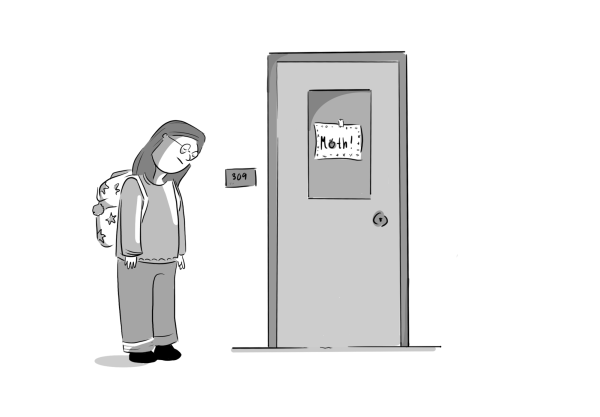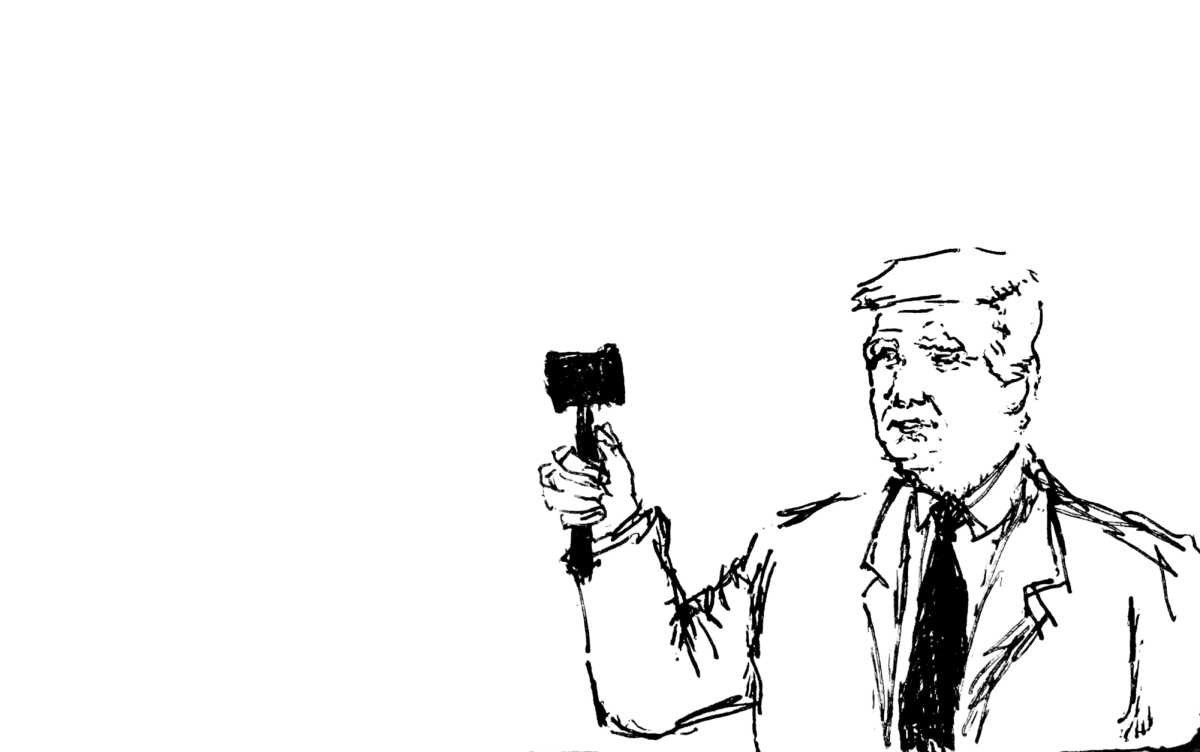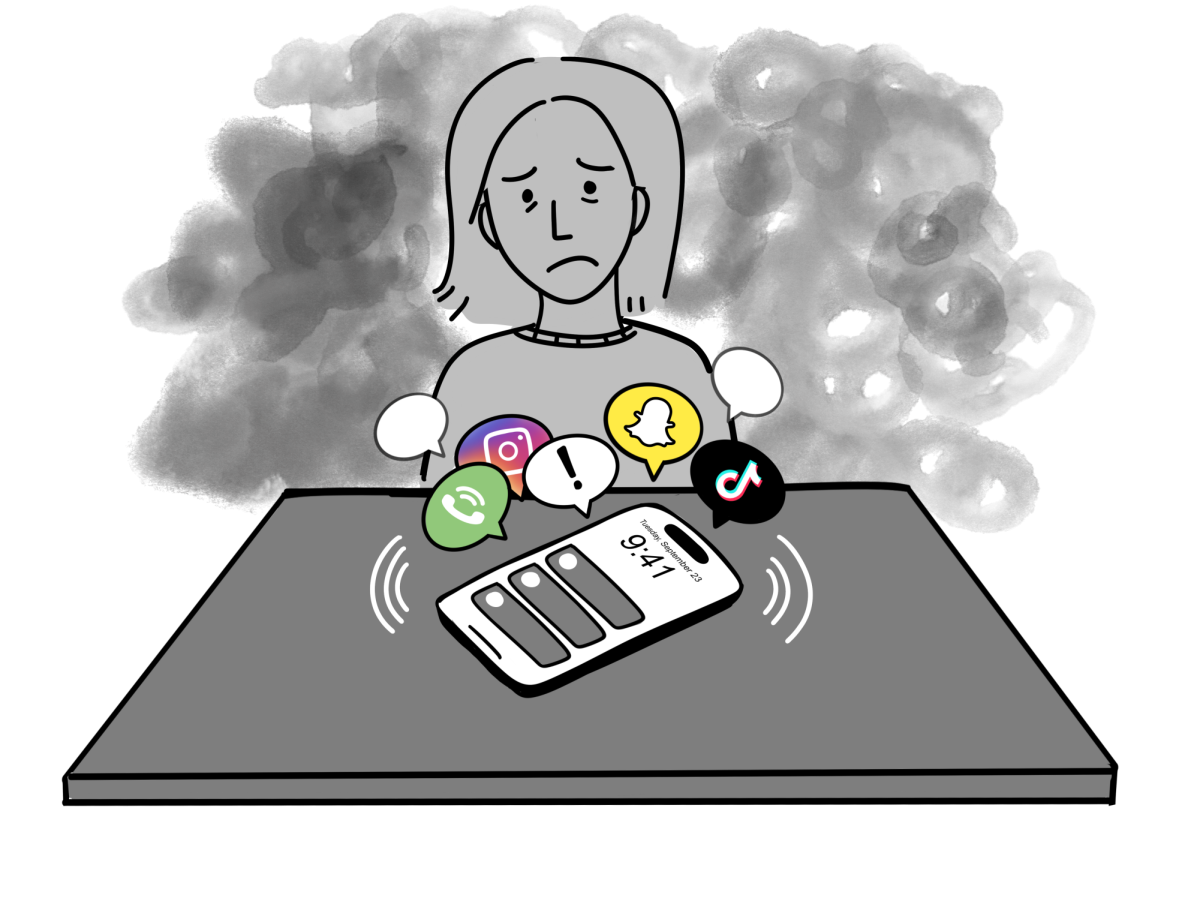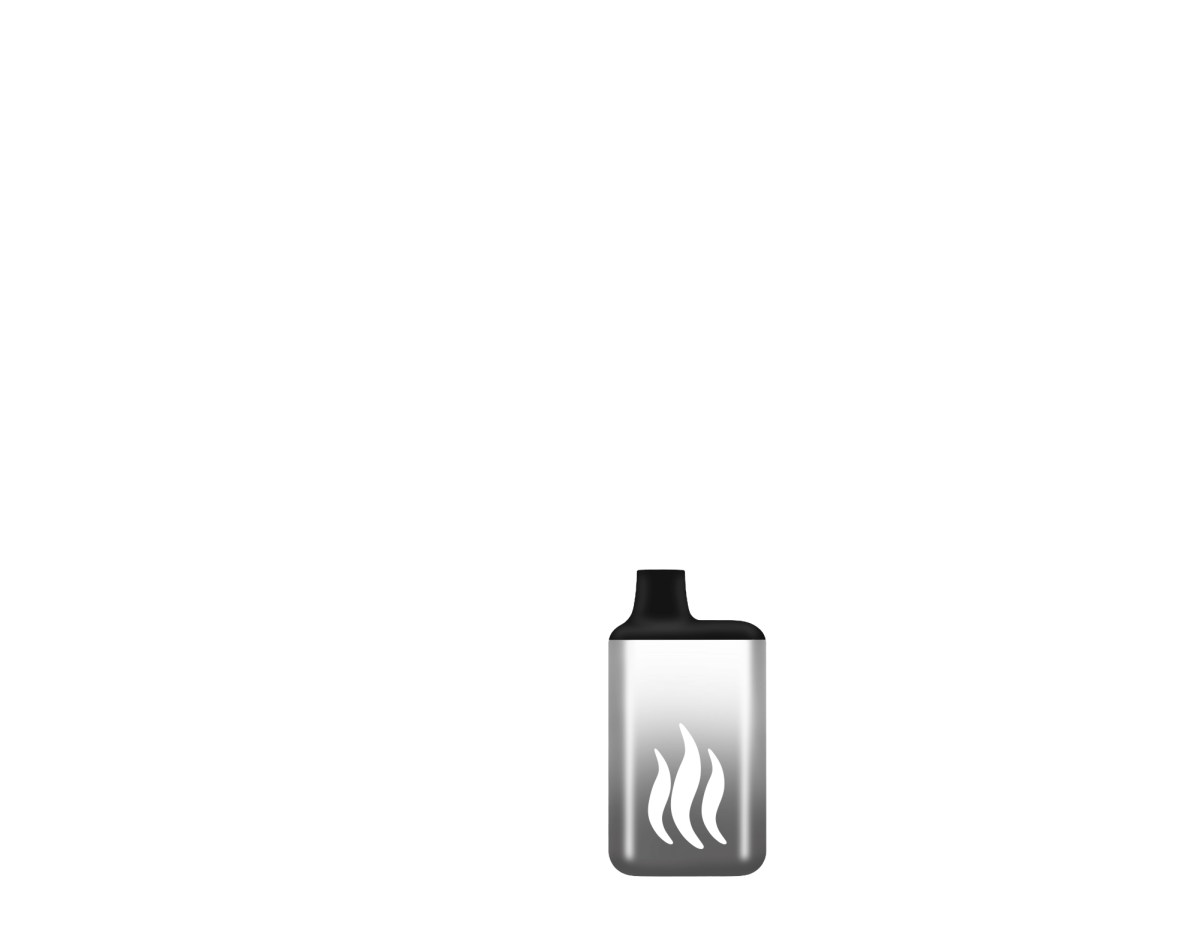
Throughout my time at LM, there have been countless conversations, several district meetings, and indefinite policy updates regarding start times- all in relation to students’ sleep and health.
Admittedly, I have felt some of the benefits projected by the district. There is no denying that starting school later, as opposed to the break of dawn, is allowing students to be more prepared and well-rested. In that regard, I feel our school should adopt another practice that could yield just as much, if not more benefits, than a later start time: nap time.
This seemingly pre-school practice has been abandoned since we were forced into the standard learning models of higher grades. From kindergarten to twelfth grade, our school district has emphasized the same objective among grade levels to provide a healthy and productive environment for children to thrive in. By that logic, the same way nap time is conducive to the learning of a six year old, it is equally applicable to the learning of an eighteen year old, if not more. It is natural for students to become fatigued from absorbing vast amounts of information and rest is crucial to synthesize the information. Research from Harvard Medicine professor Rebecca Spencer backs this claim with statistics, showing that children who nap soon after learning new words remember the words 80 percent of the time, as opposed to 30 percent for those who don’t nap. Children who don’t nap also score on average 10 percent lower on word retention tests compared to children who do nap.” With this knowledge in mind, the new start time only addresses the hours students get, but fails to acknowledge the critical periods in which adolescents need rest in order to retain maximum information.
If our district is genuinely concerned about our health, which directly correlates with academic performance, then there should be a designated area for students to take naps during the day. I recognize that this may raise concerns to administrators, so here is a formal proposal of my vision: similar to meditation in the Pilates Classes, students could use the wrestling room during lunch and learn or during free sets to take a 30 minute nap. In a 2018 study conducted by the National Library of Medicine, those who napped for 60 minutes in between periods of learning scored about 5% percent higher than a control group of students who crammed instruction. While the difference may seem minimal, one even could argue that a student could just take a break during free periods or class. However, that practice is even less effective than a cram session, because instead of 5% distinction in test score, there is now a 15% lower score associated with that “break group.” The significant impact on potential assessment grades is something the district should take seriously when considering its ongoing efforts to promote student success and wellness.
I strongly believe that students interrupting established classes just to take naps is inappropriate, which is why I found a suitable solution that would be advantageous for both pilates classes and students who are choosing to take a nap. With immense natural light being circulated in the upper atrium, I feel that it would be a perfect setting to hold pilates classes for gym. Traditional pilates and yoga classrooms usually occur in dark rooms, but since the educational model of physical education is to learn and foster positive relationships with exercise, doing pilates in the light should not pose an issue as the class itself does not strictly
resemble a real life pilates class. Vitamin D, according to Mayo Clinic, is an amazing resource to enable brain cell activity and contains neuroprotective properties. Some may argue that making children exercise on a dirty floor is not suitable for classroom instruction. Conveniently, with pilates being structured to have students exercise on mats, which are routinely sanitized after prior use, the possible issue of contracting bacteria from the floor can be easily avoided.
Implementing this would involve no additional costs, removals of courses, and imposing distractions during class times. The benefits evidently outweigh the negatives, so let the kids nap!





